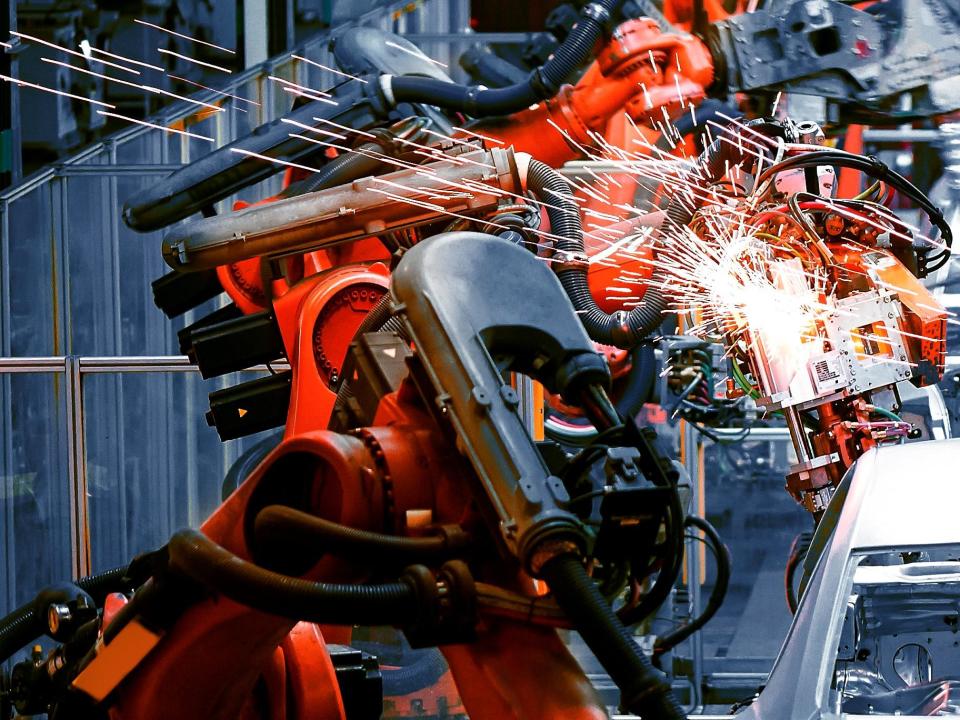Robot 'sweat' helps machines cool down, scientists discover

Scientists have developed a technique to help prevent robots from overheating using an innovative cooling liquid system.
The heat regulation technology could help machines carry out more demanding tasks without malfunctioning, according to researchers from Cornell University who discovered the method.
The technique allows machines to “sweat” off cooling liquid stored around actuators, the component responsible for moving and controlling a mechanism or system.
“To thermal regulate, engineered systems often have dedicated components – our laptops have fans, cars have radiators, unfortunately there’s a penalty to these strategies,” said Thomas J Wallin, a research scientist at Facebook reality lab, who worked on the project.
“The cooling components take up valuable space inside our electronics and they add weight. Additionally these components are conventionally made from rigid materials that are incompatible with fully soft robots.
“So to realise the numerous advantages of soft robots, we wanted to explore a thermo regulatory strategy that was compatible with soft polymeric materials.”
The finger-like fluidic actuators are made of hydrogels, a type of material that can hold a large amount of water and act as heat reservoirs.
Each of these fingers feature a bottom layer with an internal channel for water flow and a top layer dotted with micropores.
At low temperatures below 30C, the pores remained closed. But when the temperature rises, the top layer expands, dilating the pores and allowing pressurised fluid from the bottom layer to “sweat” out of the pores.
In testing, presented in the Science Robotics journal, the sweating actuators cooled off about six-times faster than their non-sweating counterparts when exposed to wind from a fan.
However, scientists behind the technique admit there is still work to do before robots can break out into a sweat anytime soon.
Sweating efficiency temporarily dampened the robot’s ability to move, they said, and are yet to find a way to replenish water lost during extended operation.
Researchers at the University of Tokyo have previously developed a humanoid robot nicknamed Kengoro that uses a perspiring process, however this involved leaking water around its metallic exoskeleton to cool down the motors.
Additional reporting by agencies.

 Yahoo News
Yahoo News 